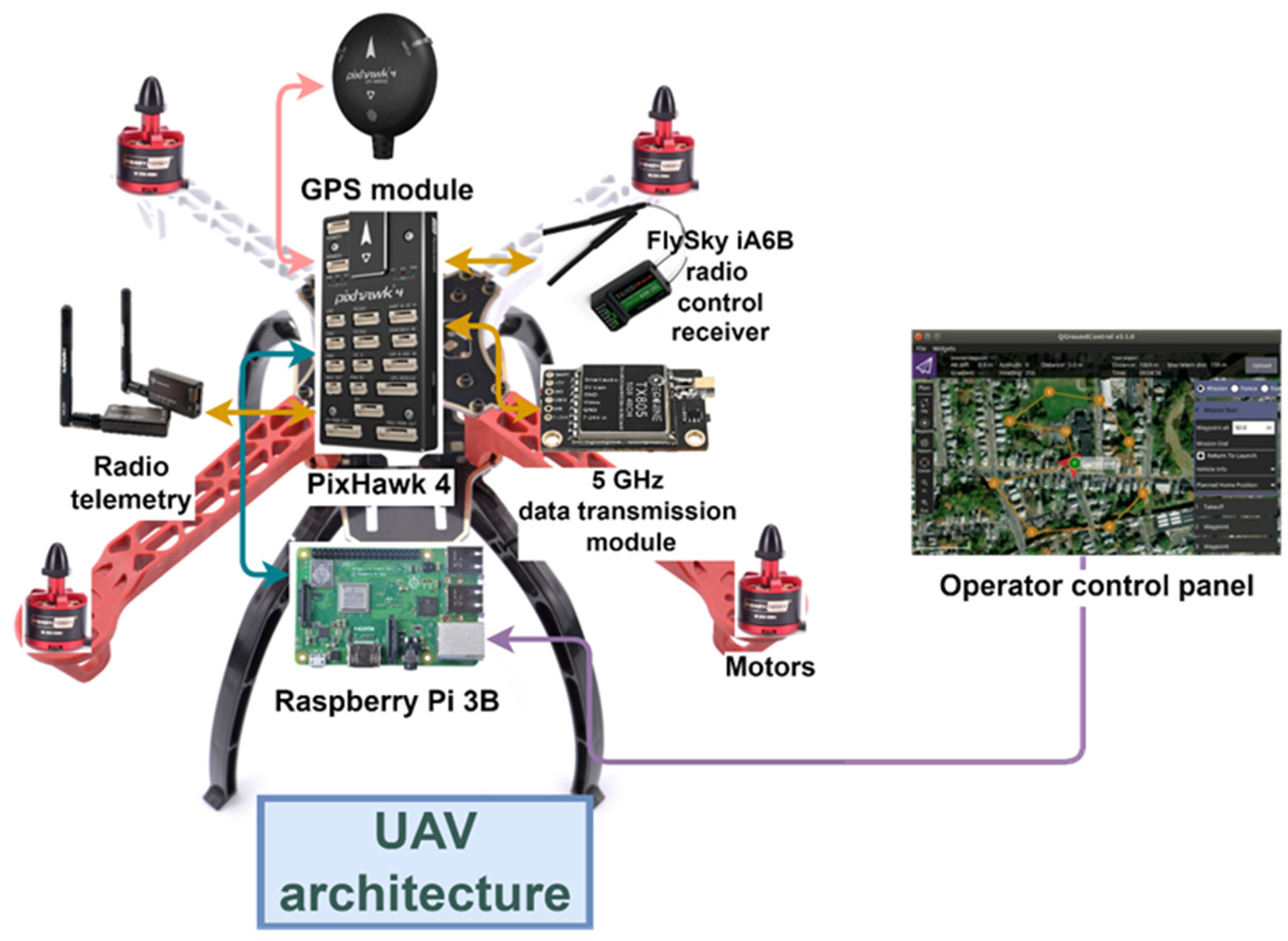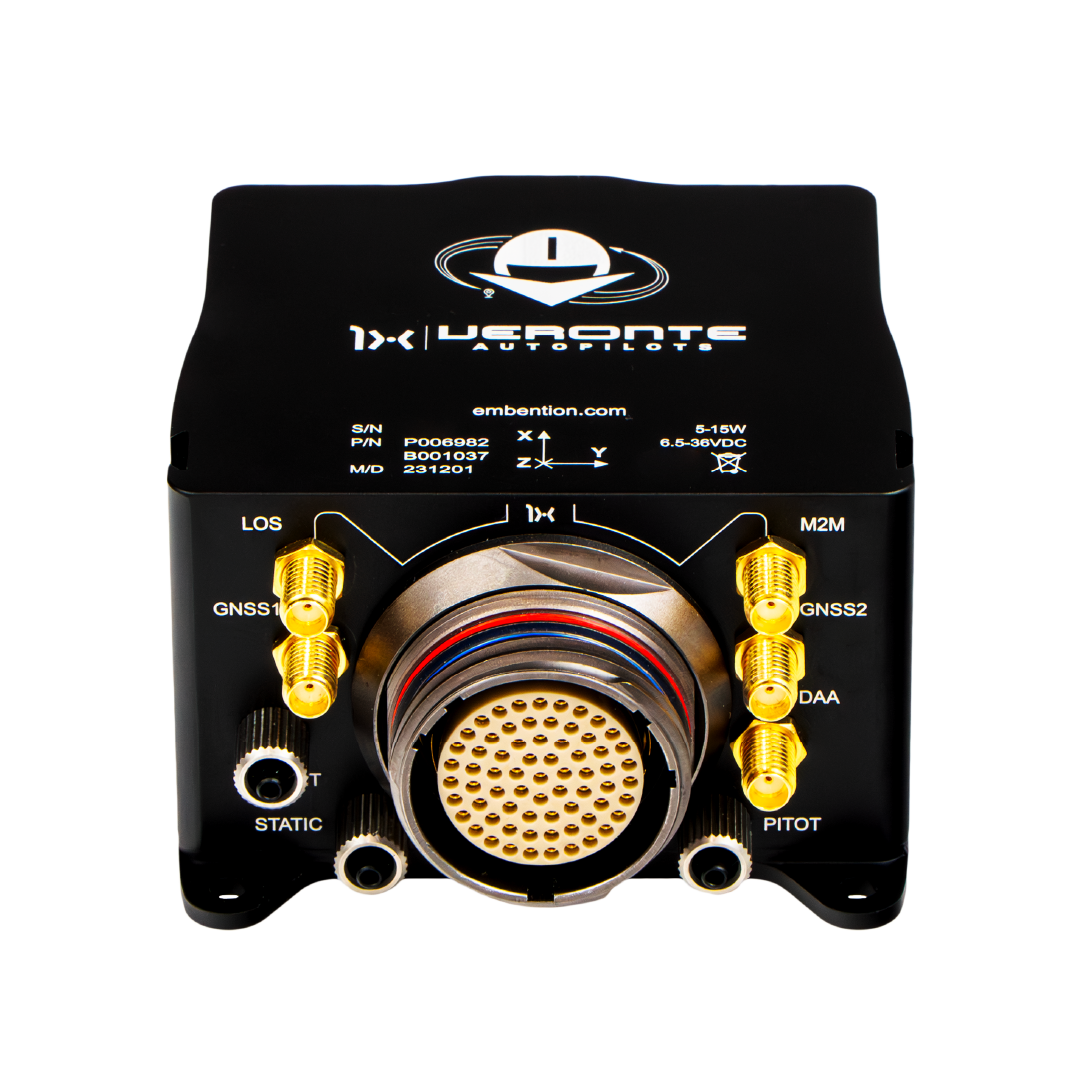SparkNavi Drone Flight Controller and GNSS/INS Made in Taiwan: Technology for Specialist UAVs
SparkNavi Drone Flight Controller and GNSS/INS Made in Taiwan: Technology for Specialist UAVs
Blog Article
Recognizing the Crucial Features and Functions of a Drone Flight Controller for Optimal Aerial Performance
The trip controller serves as the essential part in a drone's design, managing its movements and making certain security with a sophisticated interaction of information and sensors handling. With developments in modern technology, the landscape of flight controllers is quickly evolving, triggering a better assessment of what genuinely specifies optimal performance in this crucial system.
Introduction of Trip Controllers
When exploring the globe of drone technology, recognizing trip controllers is crucial for both professionals and hobbyists alike. Flight controllers act as the brain of the drone, orchestrating its movements and making sure security during trip (SparkNavi drone flight controller and GNSS/INS made in taiwan). They refine information from different sensors, consisting of accelerometers, gyroscopes, and barometers, to maintain balance and react to pilot inputs efficiently
The design of flight controllers can differ substantially, ranging from fundamental variations designed for entry-level drones to innovative systems geared up with innovative attributes for specialist applications. The integration of GPS abilities makes it possible for precise navigation and positioning, while programmable firmware enables customers to tailor trip characteristics to fit their certain demands.
In addition, trip controllers are critical in promoting communication between the drone and the push-button control, allowing real-time adjustments and telemetry data transmission. Comprehending the different kinds of flight controllers, including multi-rotor, fixed-wing, and crossbreed systems, is critical for selecting the appropriate model for a given application. Inevitably, a comprehensive grasp of flight controllers not only enhances the flying experience but additionally takes full advantage of the performance and security of drone operations.
Key Features of Flight Controllers
Flight controllers play a critical role in managing a drone's trip dynamics by carrying out a number of essential functions that make certain security and responsiveness. One of the primary features is the stablizing of the drone's positioning and altitude. This is achieved via the combination of different sensing units, including barometers, gyroscopes, and accelerometers, which continuously check the drone's position and activity.
.png)
Another important function is the handling of control inputs from the pilot or independent systems. The trip controller translates these inputs and adjusts the drone's motor speeds as necessary to achieve the wanted flight course. This includes handling pitch, roll, and yaw, which are essential for ability to move.
Furthermore, trip controllers are geared up with fail-safe devices. These features are developed to reply to essential scenarios, such as low battery degrees or loss of signal, by starting predefined actions like going back to the launch point or floating in position.

Essential Functions to Consider
Many important attributes ought to be considered when choosing a drone trip controller to ensure ideal performance and dependability. One vital aspect is the controller's processing power, which determines its capacity to manage complex trip algorithms and real-time data handling. A greater processing ability improves responsiveness and security throughout flight.
One more important function is the number of supported flight modes. A functional flight controller must supply various settings, including acro, elevation hold, and GPS-assisted modes, accommodating various pilot ability degrees and functional scenarios. In addition, the visibility of built-in safety features, such as fail-safes and geofencing, can considerably improve functional safety.
Compatibility with numerous communication procedures is likewise crucial, as it makes certain smooth assimilation with various visit site other tools and that site peripherals, such as remote controllers and telemetry systems. Additionally, the controller's firmware have to be user-friendly and frequently upgraded to include brand-new attributes and optimizations.
Assimilation With Sensors and Systems
A flight controller's performance is greatly affected by its capability to integrate with numerous sensing units and systems. This assimilation is essential as it allows the flight controller to get real-time information needed for reliable trip monitoring. Secret sensors include GPS, inertial dimension units (IMUs), measures, and magnetometers, each supplying important information pertaining to the drone's altitude, position, and alignment.

Furthermore, advanced flight controllers support integration with payload systems, including cams and various other sensors, allowing boosted functionalities such as self-governing navigating and barrier avoidance. This interconnectedness not only boosts the drone's functional abilities but also increases its application possible across numerous markets, from aerial digital photography to farming surveillance. Thus, a well-integrated flight controller is basic for accomplishing ideal airborne efficiency and making certain the dependability of drone operations.
Tips for Optimizing Efficiency
To take full advantage of the efficiency of your drone, numerous key strategies can be employed that concentrate on optimizing both hardware and software application components. Make sure that the flight controller firmware is up to day. Makers frequently launch updates that improve stability, improve functionality, and repair insects. On a regular basis looking for these updates can considerably influence your drone's performance.
Correct calibration lessens drift and boosts flight stability, especially throughout complex maneuvers. High-quality props can decrease drag and rise trip time.
Furthermore, maximize your drone's weight by lessening unnecessary hauls. A lighter drone not just performs better however likewise expands battery life. Tweak your trip setups, consisting of PID (Symmetrical, Essential, Acquired) values, to accomplish smooth and responsive handling. By implementing these methods, drone drivers can considerably boost airborne efficiency, leading to an extra enjoyable and efficient flying experience.
Conclusion
In conclusion, a detailed understanding of drone trip controllers is important for enhancing airborne efficiency. The combination of vital features and essential features, consisting of handling power and safety and security mechanisms, directly affects the stability and ability to move of drones. Reliable interaction with different sensing units and systems plays a vital duty in accomplishing precise navigating and functional performance. By focusing on these aspects, operators can significantly elevate the efficiency and dependability of their drone systems in diverse applications.
Trip controllers serve as the brain of the drone, coordinating its movements and guaranteeing security throughout trip.Trip controllers play a crucial role in handling a drone's flight characteristics by performing numerous essential features that make sure stability and responsiveness. The trip controller translates these inputs and readjusts the drone's electric motor speeds accordingly to achieve the desired flight course.Various essential functions must be taken right into account when choosing a drone trip controller to make sure ideal performance and integrity. Hence, a well-integrated trip controller is fundamental for attaining optimal airborne performance and making sure the reliability of drone procedures.
Report this page